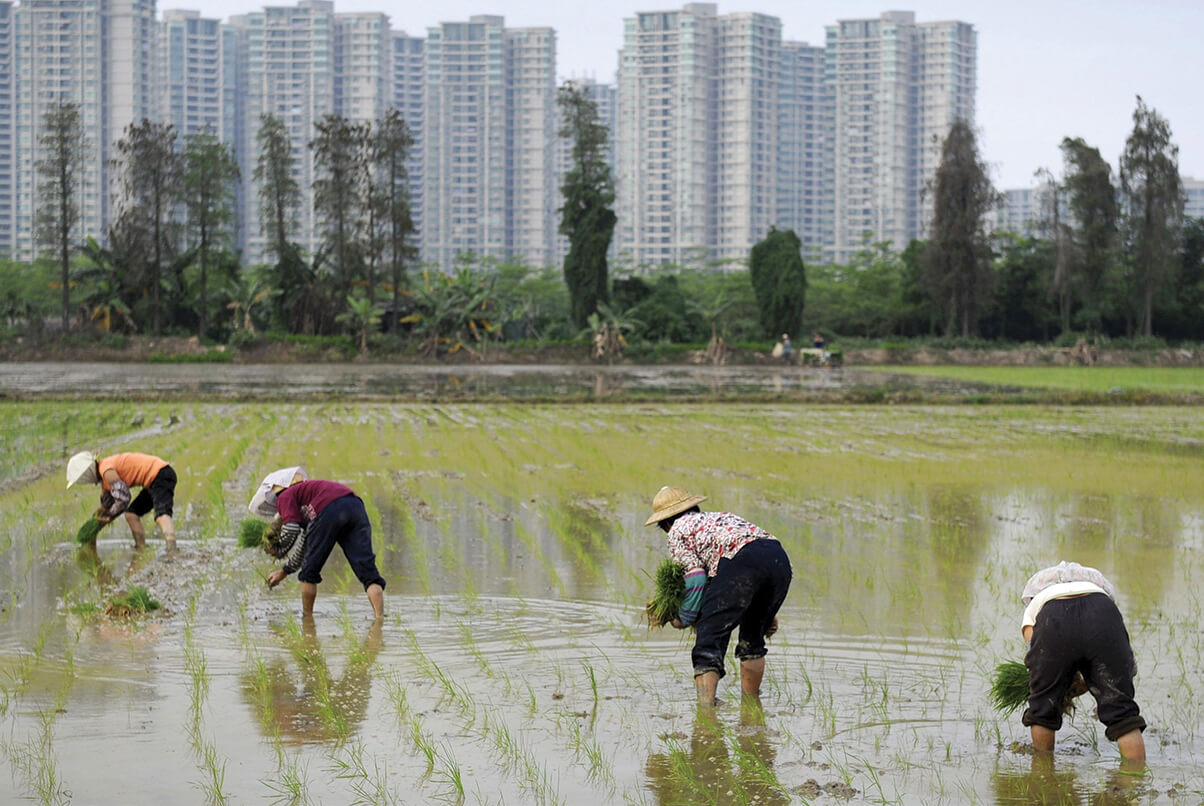- February 23, 2017
Beyond Hukou Reform: Enhancing Human-Centered Urbanization in China
Yet equally important was the reclassification of 200 million former villagers as residents of new urban districts. Thus, they argue, urbanization in China has been the result of two distinct but interrelated phenomena: first, the growth of cities and towns, swelled by an influx of migrant labor from rural areas, and second, in situ urbanization, whereby villagers become urban residents not because they decided to try their luck in the cities but because their land was reclassified as urban. Rather than go to the city, the city came to them.
This leads to the core of the three authors’ policy recommendations: Because these two distinctive processes drive rapid urbanization in China, prospective remedial policies must also distinguish between urbanization of people and urbanization of place.
In their memorandum, the authors focus particularly on in situ urbanization—one of the two distinct pathways to urban residence. They first describe how villagers become urbanites via the re-classification of their land and the associated disparities in quality of life between in situ urbanized rural residents and long-term urbanites. Then, they offer a cluster of policy suggestions to reduce the disparities by: (1) balancing resource distribution between China’s mega cities and its smaller cities, (2) creating incentives for Chinese local governments to focus on providing public services and improving residents’ quality of life, and (3) cultivating government-coordinated but resident-participated models for urban development.
Stay Updated with MacroPolo
Get on our mailing list to keep up with our analysis and new products.
Subscribe

